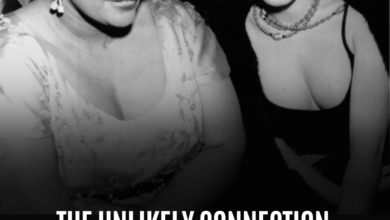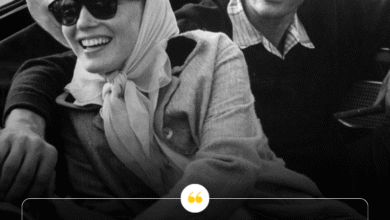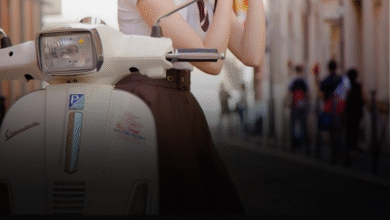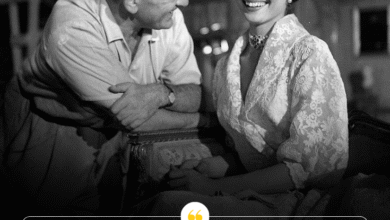How Heineken’s $45M Deal Changed James Bond Forever—and Why Fans Can’t Let It Go
OPINION: This article may contain commentary which reflects the author's opinion.
In the storied world of James Bond, luxury and sophistication are as crucial to the character as the high-speed car chases and high-stakes espionage. So when Skyfall swapped out 007’s iconic vodka martini for a bottle of Heineken, fans were left shaken — and very much stirred.
It wasn’t just a casual creative choice; it was a $45 million deal, a staggering figure that, according to BBC reports, surpassed Daniel Craig’s $25 million salary for No Time to Die. That’s right: a single product placement deal was worth nearly twice what the face of Bond himself was paid. The catch? Bond’s legendary drink order — “vodka martini, shaken not stirred” — took a backseat to a cold beer, and audiences were not having it.
For decades, the Bond franchise has flirted with product placement, often weaving luxury brands like Rolex, Aston Martin, and Omega into the films with a kind of seamless elegance. These brands enhanced the aura of Bond rather than clashing with it. But beer? In the hands of James Bond? No matter how many zeros were attached to the contract, it just didn’t sit right.
Yet, the decision wasn’t purely about making fans fume — it was about survival. As Daniel Craig himself explained at the time, brand deals like Heineken’s were essential for Skyfall’s very existence. Big-budget blockbusters, especially ones as expansive as a Bond film, often rely on lucrative partnerships to meet the enormous financial demands of production. Heineken’s $45 million investment helped secure Skyfall’s fate, ensuring that it wasn’t just made, but made with all the spectacle fans expect.
Still, no amount of financial justification could make the image of Bond with a beer bottle feel anything less than jarring. While previous product placements — from Ford Mustangs to Aviation Traders Caviar — felt like natural extensions of Bond’s world, this partnership felt like a clumsy corporate intrusion.
Skyfall isn’t alone in its struggle with awkward product placement. Hollywood has long used the big screen as a marketing playground. Sometimes it works — E.T.’s use of Reese’s Pieces is a masterclass in organic integration. Other times, like in Transformers, the product plugs are so blatant they feel like glorified commercials. Ironically, films like Toy Story didn’t charge a dime for showcasing Etch-a-Sketch and Mr. Potato Head, yet both brands saw sales skyrocket, proving that authenticity, not money, drives impact.
The Heineken incident serves as a cautionary tale: when brands and films align naturally, everyone wins. When they clash, even $45 million can’t smooth over the betrayal fans feel. Skyfall may have broken box office records, but it also broke a little piece of 007’s image — a reminder that even the world’s coolest spy isn’t immune to the pull of big advertising dollars.



